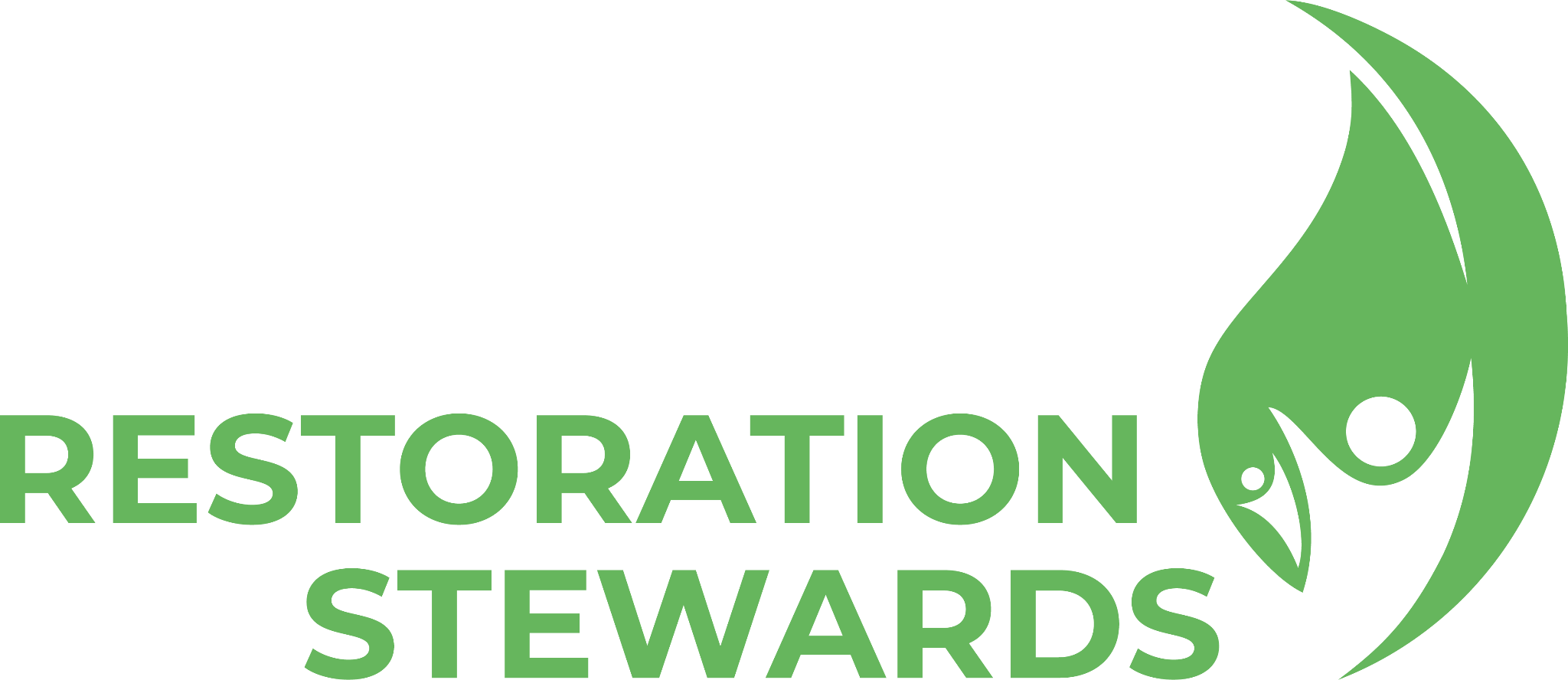Mountain restoration from the perspective of Indigenous community leader
Mrs. Lourdes Frasser is an Indigenous woman and inspiring leader who jointly leads – with people such as Mrs. Marciana Mora and Mr. Adilio Morales – the Association of Eco-Cultural Indigenous Women Sóˇ Cagrú de Boruca, promoting the empowerment of Indigenous women and youth from their community. She is an engaging woman who has been concerned about her culture and supported everyone who needs her help. Part of that interest in seeking the best for her community has led Mrs. Lourdes Frasser to spearhead initiatives that preserve her culture, conserve the forests, recover land for use by Indigenous people, and help children to obtain their school supplies, among many other goals. She is an artist who portrays her culture by carving and painting traditional Bruncas masks.
Mrs. Lourdes Frasser. Mrs. Marciana Mora. Mr. Adilio Morales.
She was one of the first people who believed in the project, helping us strengthen it and contextualize it to meet the community’s needs. Due to her leadership, Lourdes helped us join Sóˇ Cagrú and benefit from the involvement of its members. Since 2018, she has been one of the main promoters of the project in the community. That is why we wish to present the project from her perspective.
As a team, we will always be very grateful to everyone, especially to Mrs. Lourdes Frasser. Thanks to her trust and efforts, the project is what it is today. Thank you to Mrs. Chana for sharing her wisdom and ancestral knowledge in weaving, and for always opening the doors of her home to us. We also extend our gratitude to Mr. Adilio for sharing his knowledge and music, accompanying us in each stage of our work. Thank you to Mrs. Marta, who has helped with the coordination of the project. Thank you also to Mrs. Xinia who always prepares the best meals for us. Thank you to Maricela for her leadership and support of the project, to Don Ulises for sharing his knowledge and ancestral stories, and to Harol – who is like our brother – for coordinating the project in the community.
At Diwo, the gratitude we feel cannot be described in words. To all the people we have met who are part of Sóˇ Cagrú and the Boruca community, thank you. We hope to continue growing together and to achieve everything we set out to do with the project.






